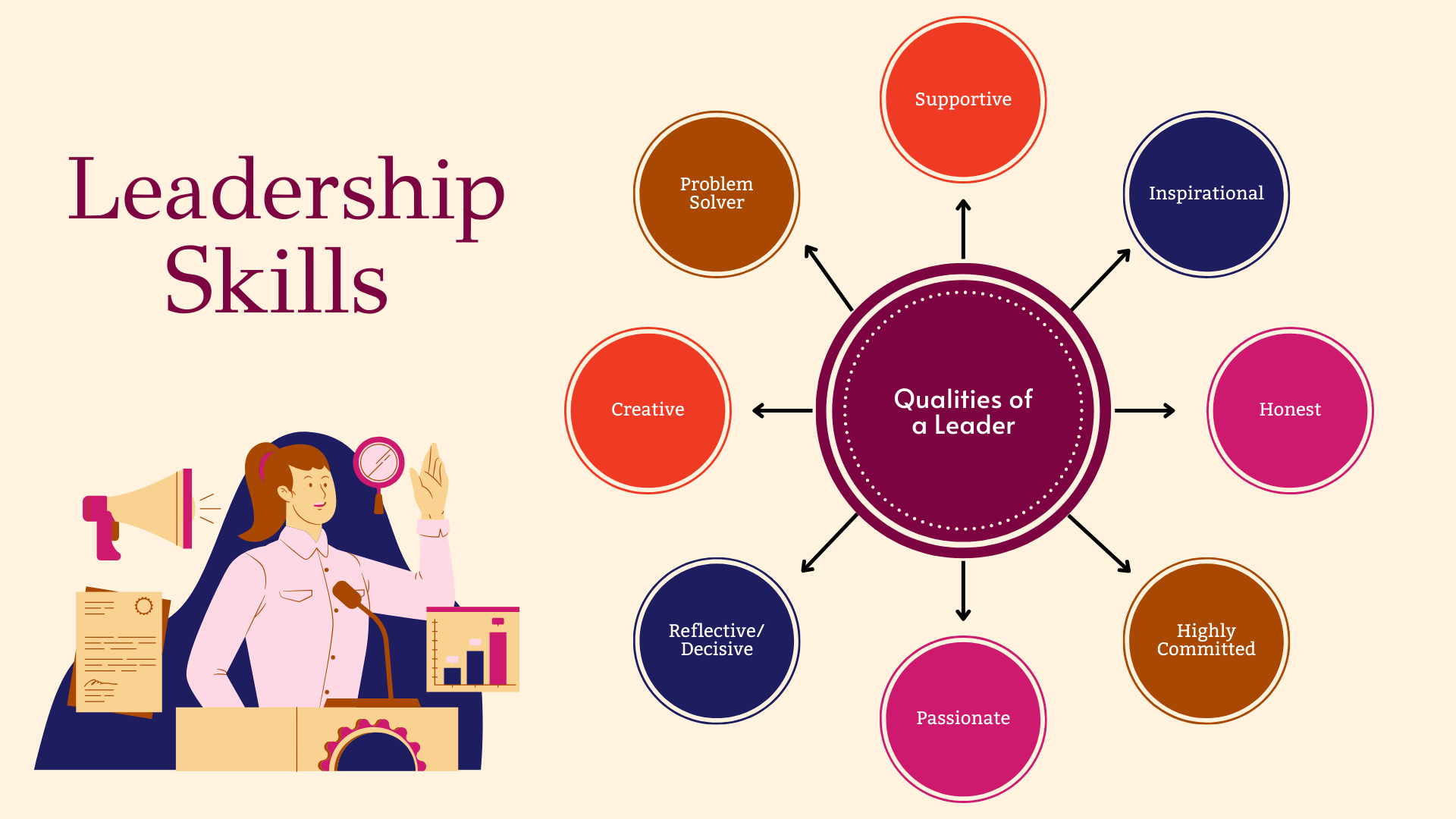Strategic management is a systematic process that involves the formulation, implementation, and evaluation of actions and initiatives aimed at achieving an organisation’s long-term objectives (David, 2021). By aligning an organisation’s resources and capabilities with its mission, vision, and goals, strategic management provides a comprehensive approach for navigating an ever-evolving business landscape. Organisations that excel in strategic management maintain a competitive advantage, ensuring long-term success and sustainability.
This article investigates the key components of strategic management, providing an in-depth understanding of how each element contributes to the broader strategy process. From setting objectives to adapting to changes in the external environment, each step plays a vital role in ensuring the alignment of organisational efforts towards achieving strategic goals.
1.0 Setting Objectives
Setting clear, specific, and measurable objectives is a foundational step in strategic management. Objectives should follow the SMART criteria, meaning they are Specific, Measurable, Achievable, Relevant, and Time-bound (Wheelen & Hunger, 2020). These objectives serve as a guide for the organisation’s overall direction and decision-making processes.
Organisations must establish a clear mission and vision, which provide the foundation for setting strategic objectives. The mission statement articulates the organisation’s core purpose, while the vision describes its long-term aspirations. By aligning these with SMART objectives, organisations create a structured roadmap that ensures every member understands the goals they are working towards (Hitt et al., 2021). Furthermore, clear objectives facilitate performance measurement, allowing for continuous monitoring and adjustments when necessary. For example, multinational corporations often set both financial and non-financial objectives to track performance in terms of profit, market share, and corporate social responsibility.
2.0 External Environment Analysis
The external environment plays a critical role in shaping an organisation’s strategy. Conducting a thorough analysis of external factors helps managers understand the broader context in which the organisation operates. Key tools for analysing the external environment include SWOT analysis, which focuses on identifying Strengths, Weaknesses, Opportunities, and Threats, and PESTEL analysis, which examines Political, Economic, Social, Technological, Environmental, and Legal factors (Barney & Hesterly, 2019).
A well-executed external environment analysis enables organisations to anticipate changes in the marketplace and adjust their strategies accordingly. For instance, technological advancements or shifts in consumer preferences may provide opportunities for innovation, while economic downturns or increased competition may present challenges. For example, the COVID-19 pandemic disrupted industries globally, requiring businesses to rethink their supply chains, customer engagement, and remote work capabilities (Grant, 2019). By understanding these external forces, organisations can position themselves to respond swiftly and seize opportunities for growth.
3.0 Internal Analysis
In conjunction with an external environment analysis, an internal analysis helps organisations assess their strengths and weaknesses. This process often involves evaluating resources, capabilities, and overall performance. Key areas for internal analysis include financial health, operational efficiency, human resources, and organisational culture (Grant, 2019).
Identifying core competencies—those activities or processes that provide a unique competitive advantage—is a crucial aspect of internal analysis. These competencies, such as a superior distribution network or innovative research and development capabilities, enable organisations to differentiate themselves from competitors (Hitt et al., 2021). A thorough internal analysis also highlights areas where improvement is needed. For example, a company might discover that while it excels in customer service, its supply chain efficiency is lagging. In response, the organisation might choose to invest in logistics technologies to strengthen this weakness, ensuring a more streamlined operation.
4.0 Strategy Formulation
The formulation of strategy is the process of deciding how to best allocate resources and capabilities to achieve an organisation’s objectives. During this phase, organisations develop specific strategies that address their strengths, weaknesses, opportunities, and threats. Common strategic options include cost leadership, differentiation, and focus strategies (Porter, 1985, cited in Barney & Hesterly, 2019).
Cost leadership involves becoming the lowest-cost producer in the industry, while differentiation focuses on offering unique products or services that justify a premium price. Focus strategies target a specific niche or market segment. For instance, luxury car brands like Rolls-Royce employ a differentiation strategy by offering premium features and unmatched craftsmanship, while discount retailers like Aldi follow a cost leadership strategy by offering high-quality products at low prices.
Moreover, strategy formulation requires the consideration of both competitive and corporate-level strategies. Competitive strategies define how a company will compete in its chosen market, whereas corporate-level strategies address decisions regarding mergers, acquisitions, and diversification into new markets (Wheelen & Hunger, 2020).
5.0 Strategy Implementation
Once a strategy is formulated, it must be effectively implemented to be successful. Strategy implementation involves aligning organisational resources, structures, and cultures with the chosen strategic objectives. Effective communication, clear leadership, and adequate resource allocation are essential to this process (Rothaermel, 2020).
Successful implementation requires that all employees understand their role in achieving the strategic goals. For example, when Apple introduced the iPhone, its implementation of innovation strategies involved tight integration across design, manufacturing, and marketing teams. Ensuring that the organisational structure supports the strategy is also critical. A hierarchical organisation with rigid processes might struggle to implement a strategy requiring agility and rapid innovation. On the other hand, a flexible, decentralised structure may allow for quicker adaptation to changes in the market.
6.0 Strategic Control and Evaluation
Monitoring and evaluating the effectiveness of strategies is essential to ensure the organisation stays on course. This involves measuring performance against set objectives and making necessary adjustments where needed. Key performance indicators (KPIs) are commonly used to track progress, as they provide quantitative measures of success (Hitt et al., 2021).
One of the most popular tools for strategic evaluation is the balanced scorecard, which looks beyond financial metrics to assess performance in areas such as customer satisfaction, internal processes, and learning and growth (Kaplan & Norton, 1996, cited in Rumelt et al., 2019). For instance, a balanced scorecard might include metrics related to innovation, employee satisfaction, and market share. Regular reviews of performance allow organisations to identify deviations from the strategy and make adjustments, such as reallocating resources or refining objectives.
7.0 Adaptation
In today’s dynamic business environment, organisations must be prepared to adapt their strategies in response to both internal and external changes. This adaptive capability is critical to sustaining long-term success and staying competitive. Strategic adaptation involves not only reacting to unforeseen challenges but also proactively seeking opportunities for improvement (Rumelt et al., 2019).
For example, in the face of digital disruption, companies like Netflix successfully adapted their business model from a DVD rental service to an online streaming platform, capitalising on technological advancements and changing consumer preferences. Organisations that fail to adapt, like Blockbuster, may face significant declines or even closure.
Strategic adaptation is not just about changing business models; it also requires organisations to evolve culturally and operationally. Agile organisations foster a culture of innovation and continuous learning, empowering employees to contribute ideas and solutions (Barney & Hesterly, 2019).
Strategic management is a complex, multifaceted process that enables organisations to achieve their long-term objectives by continuously analysing, planning, implementing, and adapting their strategies. From setting SMART objectives to adapting to changes in the external environment, each component plays a critical role in driving sustained competitive advantage. Organisations that successfully integrate strategic thinking into every aspect of their operations can navigate challenges, seize opportunities, and thrive in an ever-evolving business landscape.
References:
Barney, J. B. & Hesterly, W. S. (2019) Strategic Management and Competitive Advantage: Concepts and Cases. Pearson.
David, F. R. (2021) Strategic Management: A Competitive Advantage Approach, Concepts & Cases. Pearson.
Grant, R. M. (2019) Contemporary Strategy Analysis: Text and Cases Edition. Wiley.
Hitt, M. A., Ireland, R. D., & Hoskisson, R. E. (2021) Strategic Management: Concepts And Cases: Competitiveness And Globalization. Cengage Learning.
Kaplan, R. S., & Norton, D. P. (1996) The Balanced Scorecard: Translating Strategy into Action. Harvard Business Review Press.
Porter, M. E. (1985) Competitive Advantage: Creating and Sustaining Superior Performance. Free Press.
Rothaermel, F. T. (2020) Strategic Management. McGraw-Hill Education.
Rumelt, R. P., Schendel, D. E., & Teece, D. J. (2019) Strategic Management: Concepts and Cases. McGraw-Hill Education.
Wheelen, T. L., & Hunger, J. D. (2020) Strategic Management and Business Policy: Globalization, Innovation, and Sustainability. Pearson.













